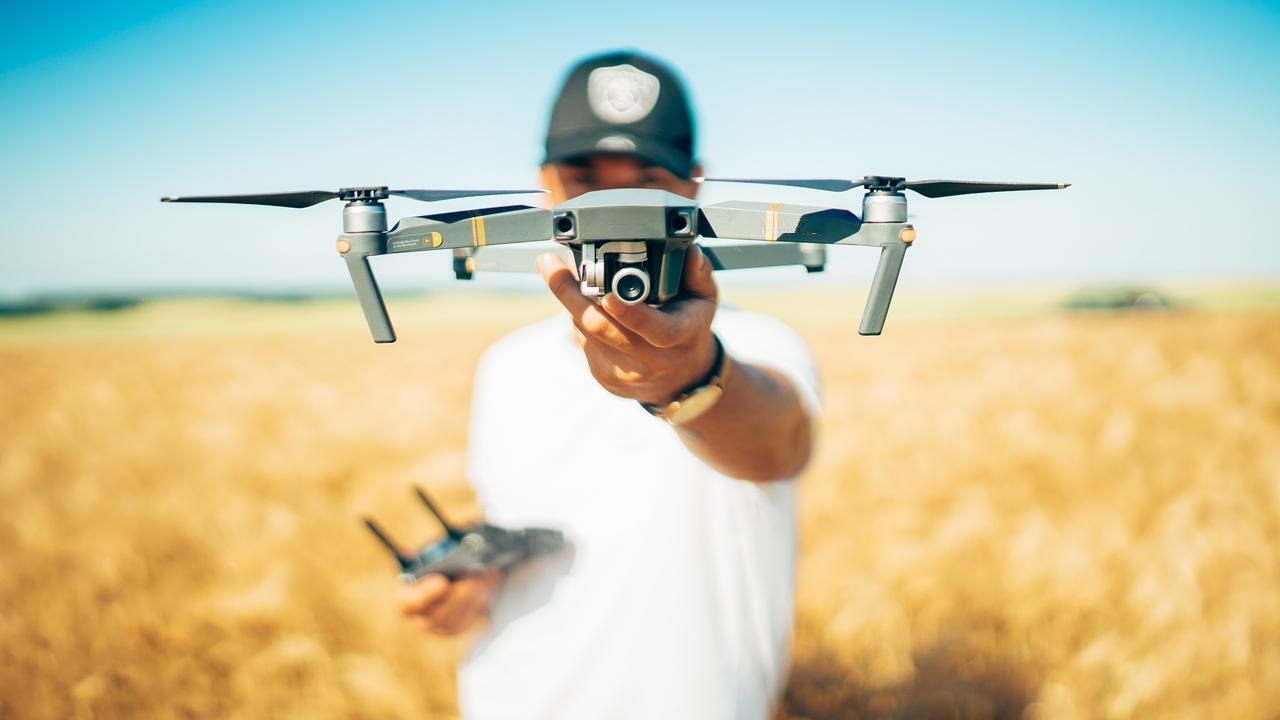Purchasing or receiving your very first drone can be exciting and you’re probably itching to rip the packaging open, assemble your drone, and fly it for the first time. While flying may seem straightforward there are some things a beginner should know before taking it to the skies. You need to have a good understanding of all every single component of your drone to prevent crashes and flyaways. Dronethusiast.com is a great source for all things beginner drones. Operating a drone for the first time can be tricky, that is why we’ve compiled a list of some great beginner drone tips to help you avoid any missteps and truly enjoy your flying experience.
- Be aware of your surroundings
As you begin to fly your drone, it’s important that you are aware of your surroundings at all time and always keep your drone in sight. Be aware of weather while you are flying. Avoid crowded areas while flying and stick to large open areas with few trees. Flying in the morning is best as there will be less people and less wind. If there are any adverse weather conditions such as rain, fog, lightning, snow or strong wind wait to fly your drone until the conditions have cleared. Another thing to note, cold temperatures can impact the battery’s performance. When flying during winter, pre-heat your battery to 68-F.
- Use beginner mode for practice
Many drones offer many different flight modes, including beginner-friendly modes. Using beginner modes that your drone comes equipped with is a great way to begin learning how to fly. Turning on beginner mode will enable a distance and altitude limit. Beginner mode makes your drone easier to control as you are learning to fly. This ensures that all sensors and GPS are on helps you keep your drone within line of sight. For your first few flights, focus on drone operations instead of viewing images on your screen. This will help you perfect basic drone controls and you will quickly be able to improve your flight skills
- Fly Slowly
Some drones are able to pick up exciting amounts of speed. As you start getting more comfortable flying your drone, you will get to experience this. However, as you are beginning it is best to take it slow. Keep flight speeds around 10-15 mph. As you learn, flying slowly will allow you to learn how to best control your drone and help you avoid getting into any crashes. The more comfortable you get with flying and learn better control, you can gradually begin flying your drone faster. The last thing you want is to lose control and crash your brand-new drone.
- Avoid obstacles
You are most likely ready to take to the skies as soon as you open the packaging to your drone. However, be aware of obstacles and try to avoid them while you’re beginning to fly. Be aware that the flight speed and lighting conditions may affect the obstacle avoidance system’s performance. Do not overly rely on the obstacle avoidance. Thin ropes, telephone lines, transparent objects, etc. are hard to detect. Thus, you should be hyper-aware of the flight environment and make smart decisions about when and where to fly your drone. The best way to avoid obstacles is by flying in an open area with few trees like a part or football field.
- Set Return-to-Home altitude
One great thing about GPS drones is that most are equipped with a Return-to-Home (RTH) feature. This means that your drone will fly to the present altitude and then return to the home point automatically. Turn RTH altitude on before you take off to ensure that your drone won’t fly into any obstacles while it lands. Manual landing can be a difficult part of flying a drone, especially for a beginner pilot. RTH makes for easy and stress-free landing as you begin learning to fly.
Drones have become extremely popular hobby toys in recent years. They are exciting have many different uses. If you have recently purchased or received a drone for the very first time, you probably cannot wait to assemble it and get flying. However, don’t rush into flying too fast. Get to know your drone inside and out before flying and it and follow these tips when taking to the skies for the first time. Soon enough, flying will be a breeze.
